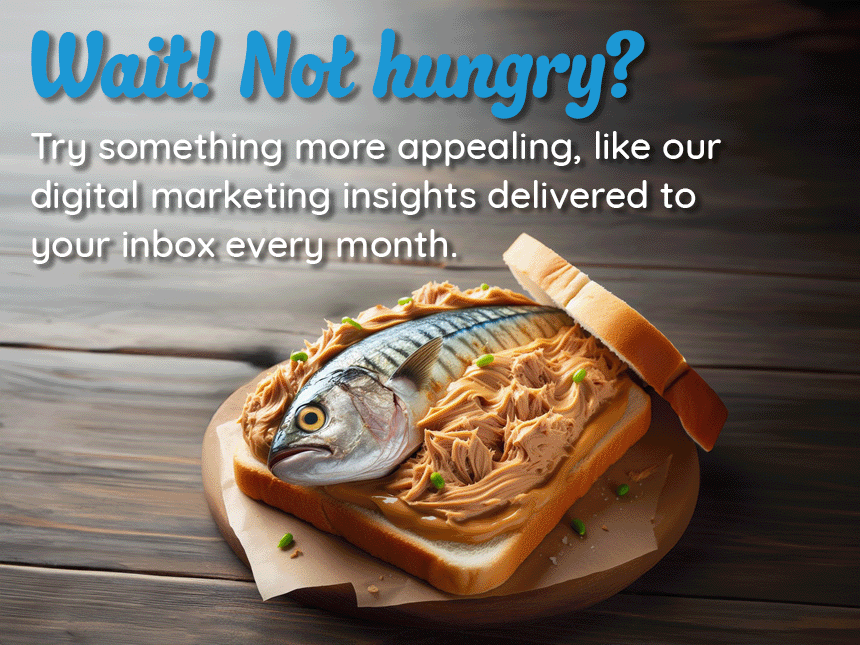AI in 2025: Key Takeaways and What It Means for Your Business
I recently attended an insightful webinar, “State of Marketing AI – 2025 Report Highlights,” led by Mike Kaput, Chief Content Officer at the Marketing AI Institute. Mike and his team have been at the forefront of AI in marketing since 2016, offering education, events, and AI services. Their latest report, based on a survey of 2,000 marketing professionals (primarily director level and above from companies generating $10M+), offers a compelling snapshot of where we stand with AI.
One of the most striking points Mike made was about the report’s creation itself: leveraging multiple AI tools, they slashed the production time from over 200 hours to a mere 20! While the writing remained human-driven, AI handled the heavy lifting of data formatting and analysis, resulting in what Mike believes is a superior report. This alone speaks volumes about AI’s potential for efficiency.
Where Are Marketers Today with AI?
The report highlights that a significant portion of marketers are still early in their AI journey:
- 40% are in the experimentation stage.
- 28% are in the implementation stage.
So, why are marketers embracing AI? The #1 answer is saving time. While generating higher ROI on ad campaigns also ranked in the top five, the immediate draw for many is simply efficiency. The message is clear: find the easy wins first.
Unsurprisingly, ChatGPT remains the undisputed leader, with 57% of companies providing licenses for it. Other notable players include CoPilot and Gemini.
The Elephant in the Room: The Training Gap
A core finding, and perhaps the most urgent problem identified, is the lack of education and training. A staggering 44% of marketers report receiving no AI training from their company, and 68% overall feel they aren’t getting the training they need. It seems many companies are providing licenses without adequate training, leading to underutilized tools.
Interestingly, there’s a disconnect between leaders and employees on this front. Leaders often believe policies and training are in place, while employees on the ground report otherwise. The solution? Mike suggested that providing basic training on custom GPTs – how to build and use them – could be a significant “unlock” for many organizations.
The Art of Prompting: A Critical Skill
Another glaring gap in AI education is prompting. 62% of respondents reported no training in this crucial area. Mike emphasized that effective prompts are often more than a page long; a sentence or two simply won’t yield the best results. The key is to start small, then iteratively revise and add to your prompts, and never stop after initial results.
The Future of Marketing Jobs and AI Roadmaps
The report reveals some apprehension about the future workforce, with 53% of marketers believing there will be fewer marketing jobs within the next three years due to AI.
However, the concept of an AI Roadmap offers a path forward. This document, which prioritizes and outlines AI usage for the next 1-2 years, is currently missing in 63% of companies. Those with roadmaps, however, are twice as likely to have licenses and training already in place – a clear indicator of their value. The vision of an “AI-forward” company isn’t about job elimination, but about empowering employees with tools and training to create a “super company.”
Practical Applications and Key AI Tools
When it comes to practical applications, AI is proving invaluable for:
- Saving time: Repurposing existing marketing assets (documents, reports, LinkedIn posts, video clips, social posts) and generating first drafts of blog posts (though caution is advised here!).
- Strategic help: Utilizing reasoning models and custom GPTs for strategic insights.
While ChatGPT remains the top-ranked AI, Gemini stands out as a completely separate model offering a unique perspective. Claude also has a strong following, and Perplexity, a wrapper using other LLMs, is gaining attention.
Certifications: A Starting Point, Not the Finish Line
The discussion touched on AI certifications. While they can be a “good look” for agencies and clients, they are largely a matter of perception and, at best, a starting point. Ongoing training is far more important than certifications in this rapidly evolving field.
My Takeaway: Don’t Rest on Your Laurels
From my perspective, while our company, Arc, may be ahead of many, we absolutely cannot afford to rest. Others are pushing hard, and we must continue to innovate. Matt has been instrumental in spearheading our custom GPT efforts, pushing us forward in this space.
I believe there’s a significant service opportunity for us here. Starting small with a simple service package or program has a better chance of engagement, as many people are still overwhelmed by AI and hesitant to fully embrace it. While certifications might serve as “window-dressing” – and little more in such a fast-moving environment – I strongly advocate for a hands-on approach: trying tools, failing, trying again, and continuously learning from online resources and peers. Formal training is valuable when it makes sense, but the real learning comes from doing.



